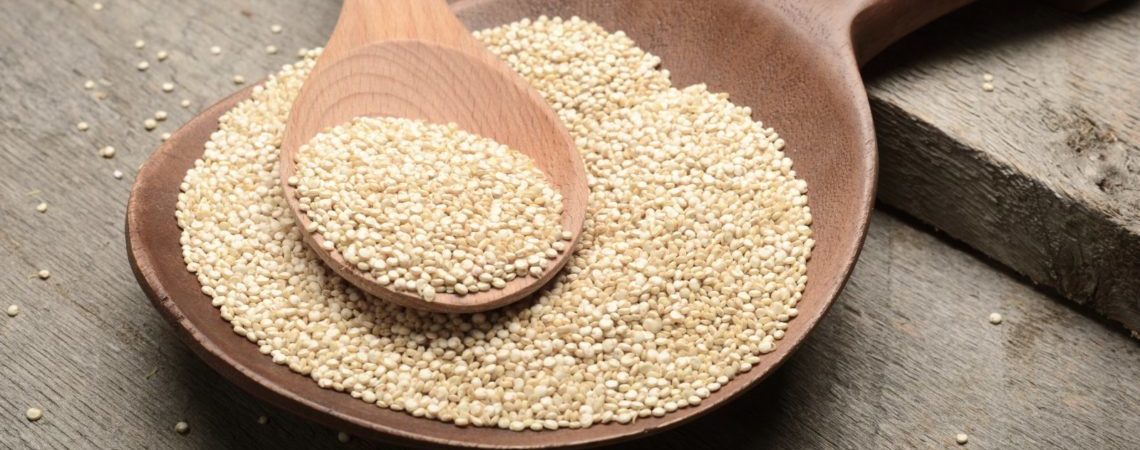Subscribe to our newsletter
Receive news and benefits on health and wellness.

SHA Magazine Healthy Nutrition
Originally from tropical and subtropical areas of Oriental Africa where it occupies the food pyramid’s base, this cereal is now considered a superfood, although it has been left out of our eating habits for decades in favor of other cereals such as corn or quinoa. Today, sorghum appears to be the perfect cereal due to its composition, all its benefits and its multiple possibilities in recipes.
Sorghum belongs to Graminoids and it is a variety of Mijo. For a long time, it was grown for cattle nutrition and biofuel usage. It is the world’s fifth major cereal crop and its most important characteristic is that Sorghum is Gluten-free.
About its composition, Sorghum presents an important energy value due to its high quantity of carbohydrates, which also gives the cereal a sweeter taste; it also presents low-fat content and a rich value in antioxidant minerals such as zinc. Moreover, it is a good source of vitamins B like niacin and also fiber, calcium and phosphorus. Its lower-protein intake could be balanced out by combining it with milk or legumes.
Sorghum has several benefits for the organism.
We can include Sorghum in our everyday recipes. It results in a delicious combination with fresh vegetables, herbs or salads, as well as with other cereals, like rice, or soups and stews. There is also Sorghum flour, which is considered to be partial substitute for wheat, and it is used for baked foods such as bread, quesadillas, cookies, and pancakes.
Although it is not easy to find products containing this cereal in our supermarkets yet, we can find Sorghum flour or the basic grain in some specialized shops and herbalists.
Receive news and benefits on health and wellness.
